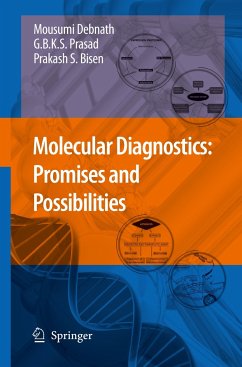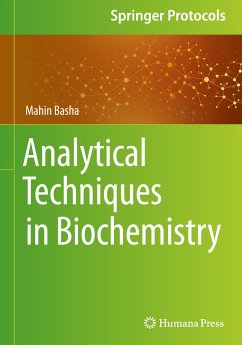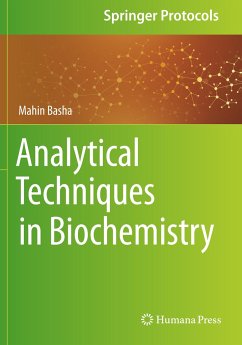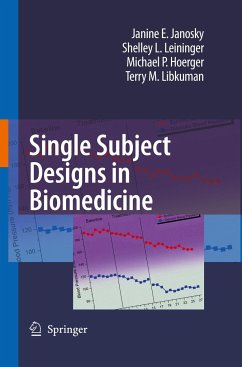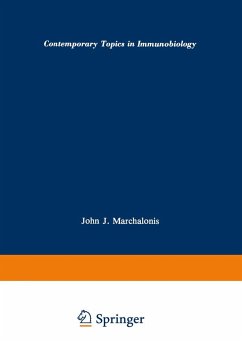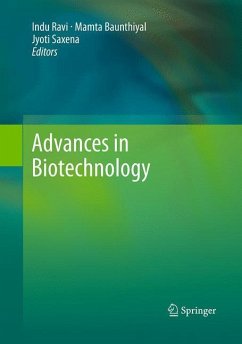
Modern Analytical Ultracentrifugation
Acquisition and Interpretation of Data for Biological and Synthetic Polymer Systems
Herausgegeben: Schuster, Todd M.; Laue, Thomas M.

PAYBACK Punkte
19 °P sammeln!
There are numerous examples in the history of science when the parallel develop ments of two or more disciplines, methodologies, technologies or theoretical in sights have converged to produce significant scientific advances. The decades following the 1950s have produced several such significant advances, as a result of a convergence of developments in molecular biology and in solid state-based electronics instrumentation. Since one of these areas of significant advancement, analytical ultracentrifu gation, has been undergoing a renaissance, we thought it would be a useful activity to call upo...
There are numerous examples in the history of science when the parallel develop ments of two or more disciplines, methodologies, technologies or theoretical in sights have converged to produce significant scientific advances. The decades following the 1950s have produced several such significant advances, as a result of a convergence of developments in molecular biology and in solid state-based electronics instrumentation. Since one of these areas of significant advancement, analytical ultracentrifu gation, has been undergoing a renaissance, we thought it would be a useful activity to call upon a group of researchers who have been developing either the experi mental or theoretical aspects of the methodology and gather in one place a group of articles summarizing the current status of the field. The success of recombinant DNA methodologies at producing biologically active macromolecules of commer cial interest has evoked interests in mechanisms of function. Pursuit of the related questions has emphasized the importance of studies of macromolecular binding and interaction. Several contributions to this volume remind us that analytical ultra centrifugation is rigorously based on solid thermodynamic theory and, as such, is fully capable of providing comprehensive quantitative descriptions of molecular interactions in solution. Furthermore, a number of the chapters provide examples, along with innovative methods for carrying out these characterizations. The past decade has seen several developments that reflect the rebirth of interest in analytical ultracentrifugation.





